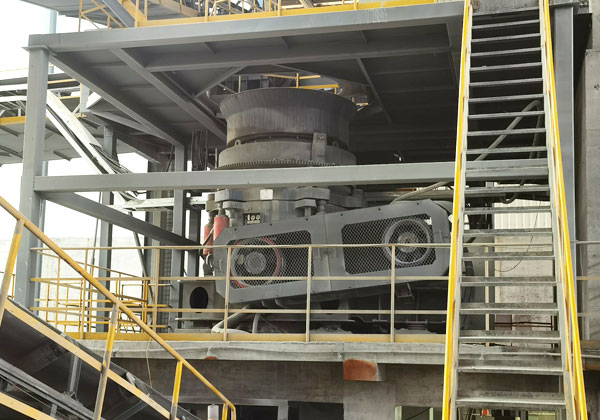How to set cone crusher working
Setting Up a Cone Crusher: An Overview
Cone crushers are powerful machines used in the mining, quarrying, and aggregate industries to reduce the size of rocks and ores. Setting up a cone crusher involves a series of steps that ensure the machine operates safely, efficiently, and with minimal downtime. This process includes site preparation, installation, alignment, testing, and regular maintenance. Each step must be followed carefully to achieve optimal performance and prolong the life of the equipment.
Site Preparation and Equipment Positioning
The first step in setting a cone crusher to work is selecting a proper location. The site should be level, solid, and capable of supporting the weight and vibration of the machine during operation. A concrete foundation is typically recommended to provide stability. Proper positioning also ensures ease of access for maintenance and material flow. The crusher should be installed near the material source and aligned with the feed and discharge conveyors. Enough space should be left around the unit for service and component replacement.

Installation and Alignment
Once the site is ready, the cone crusher is installed on the foundation using anchor bolts. Precision alignment is critical—improper alignment can cause vibration, increased wear, and premature failure of components. A crane is usually required to lift and place the crusher, especially for larger models. After positioning, all connections, including the motor, lubrication system, and electrical wiring, must be correctly installed. It is important to ensure that the drive motor and pulley system are properly tensioned and aligned to avoid belt slipping or power loss.
Testing and Trial Runs
Before full-scale operation, the cone crusher should undergo a thorough testing phase. This begins with a dry run to check for unusual noises, vibrations, or other issues. During this phase, lubrication systems should be tested to ensure proper oil flow and temperature control. Next, a test run with material should be performed at low capacity, gradually increasing to full load while monitoring performance. Parameters such as feed rate, crusher speed, product size, and output must be checked and adjusted accordingly. Any problems found during this stage must be corrected before continuous operation.
Maintenance and Operation
Once the cone crusher is set up and running, routine maintenance is vital to ensure its long-term efficiency and reliability. Operators must regularly check oil levels, inspect wear parts, and monitor operating temperatures and pressures. The feed must be kept uniform and free of oversized or uncrushable material, which could damage the crusher. Trained personnel should operate the machine following the manufacturer’s guidelines, and any abnormal sounds or behavior should prompt an immediate inspection. A maintenance schedule including daily, weekly, and monthly tasks should be strictly followed.
